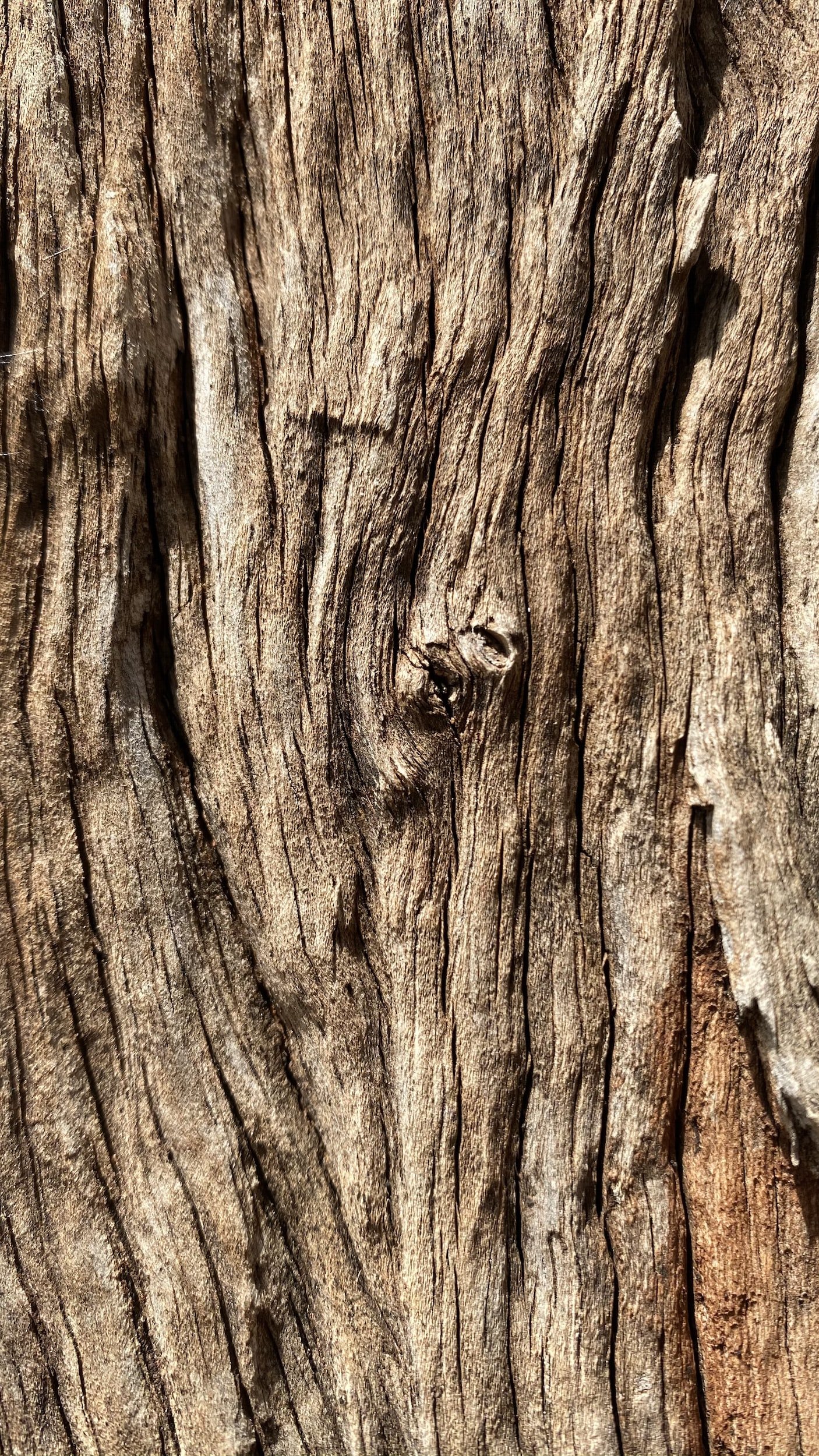
TREE & LAWN CARE BLOG
Why Is My Tree Cracking In Winter?
Dramatic temperature changes in winter can affect all types of trees and shrubs. The most common bark damages to occur during winter are sunscald and frost cracks. Both of these can affect the overall health of your trees if they aren’t mitigated early enough or properly. Read more below on how to care for winter damage on trees below.
What is sunscald?
While all trees are susceptible to sunscald, it is primarily found on young, thin-barked, ornamental and fruit trees. When temperatures change rapidly, it causes death in the cells of the bark. During winter, the frozen tissue of your trees is repeatedly frozen and thawed from sunrise to sunset. The trunk tissue death is not always seen immediately, though, so it is important to look for other signs such as:
cracking of the bark
discolored bark
“bleeding” in the spring from the affected area
How do I protect my trees from sunscald or winter damage?
The best practice for healthy trees is always having regular consultations with your local certified arborist or tree care expert. They will develop a tree health care plan to make sure your landscape is ready for the changing of seasons. Regular pruning, removing any dead or diseased limbs, watering in winter and wrapping the lower trunk of your trees in a light colored dressing for winter are all best practices to keeping your trees safe from winter damage.
If your trees are showing signs of winter damage from the recent temperature change, give us a call today to speak with one of our certified arborists on staff by clicking the link below!
CALL AN ARBORIST NOW
Is This Warm Winter Bad For My Trees?
We have all been soaking up the 62 degree sunshine in Georgia the past few days. But it makes you wonder if this prolonged warm period affects your trees and plants. The drastic high to low shifts in temperature can bring about a big problem for your trees.
How does a warm winter affect my trees?
Our trees have yearly cycles, going dormant in the fall/winter time and awaiting the warmer weather to start budding out and blooming for spring. So if the weather is consistently warm for a period of time in winter, it will prompt your trees to start blooming. When the weather then shifts back to a cooler temperature, the buds on your trees can die off.
In addition to bud die off, there is a higher risk for injury to your trees in the changing weather. Your trees naturally will expand and contract as they freeze and thaw in winter. When this becomes and every other week occurrence of thawing and freezing, it can result in vertical cracking of the bark opening your trees up to decay, pests or fungus to enter.
What can I do?
Mulching the base of your trees provides a sort of barrier for the roots to keep them insulated and somewhat protected from the harsh conditions.
A healthy watering schedule can also help to reduce the risk of decline in your trees in winter.
For more tips or information on protecting your trees in winter time, click the link below to be connected with one of our ISA certified arborists now!




